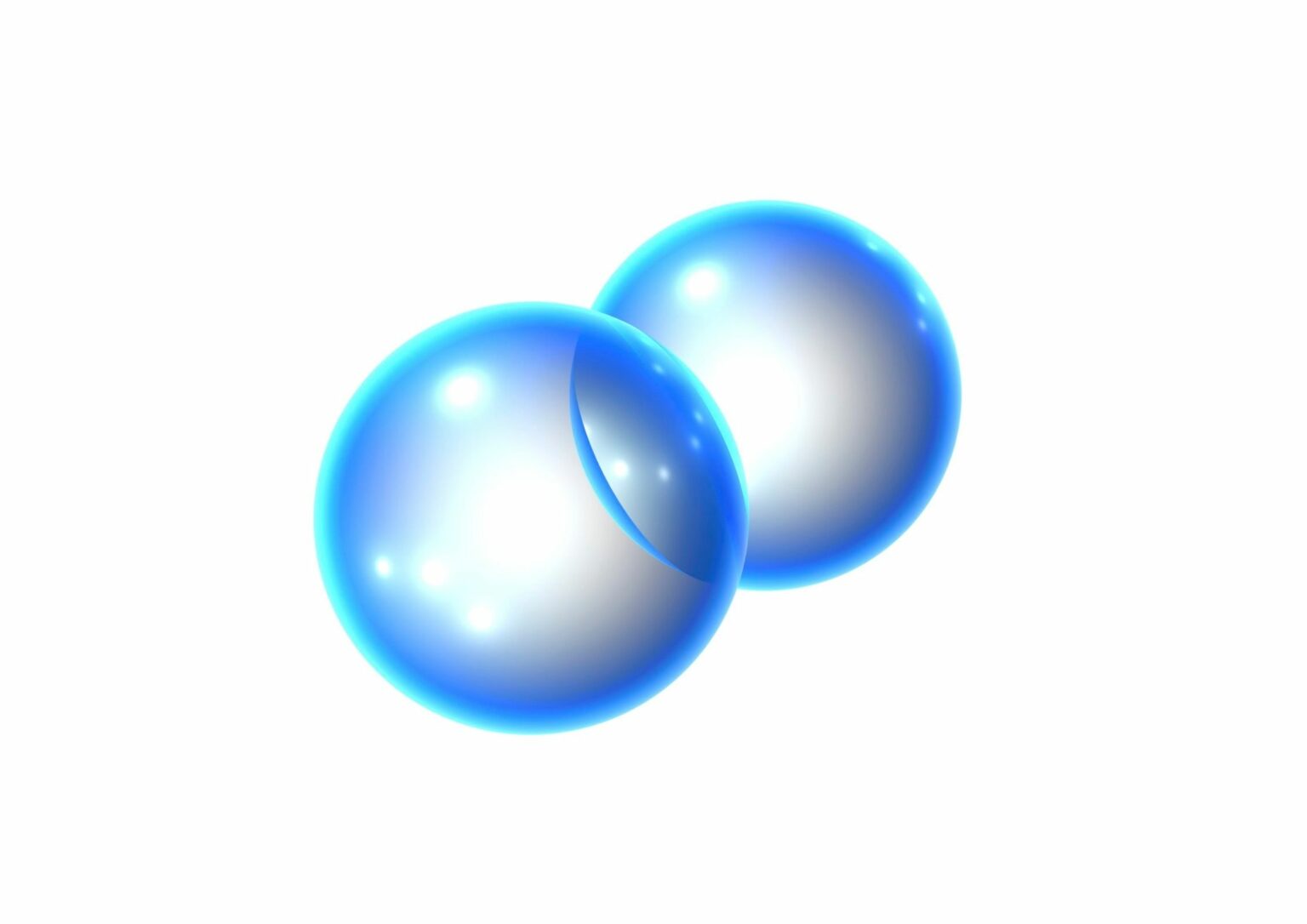The research article focuses on the various methodologies involved in producing green hydrogen, which is considered a promising next-generation energy source due to its zero carbon dioxide emissions and high power value.
The study examines water splitting, biological routes, and the use of light triggers as methods for generating green hydrogen. By utilizing renewable feedstocks and sustainable practices, these methods aim to provide environmentally friendly solutions for hydrogen fuel cells (HFCs).
The study highlights the importance of green and sustainable materials in the development of fuel cells. Materials such as clay, cellulose, starch, and biopolymers like polyvinyl alcohol are identified for their potential use in membranes and catalysts within fuel cell technology. Additionally, carbon-based components are recognized as common electrode materials. These materials can be incorporated into existing commercial electrolytes and electrodes or used as substitutes to reduce environmental impact.
Fuel cells are categorized based on the type of feed, functional mechanisms, operating temperature, and electrolyte physical state. The research details that polymeric and alkaline fuel cells operate at low temperatures, while acidic electrolytes like phosphoric acid work at medium temperatures. High-temperature fuel cells utilize molten salts or solid oxide electrolytes. Hydrogen stands out as an optimal feedstock, offering clean energy generation with applications ranging from small portable devices to large power sites.
